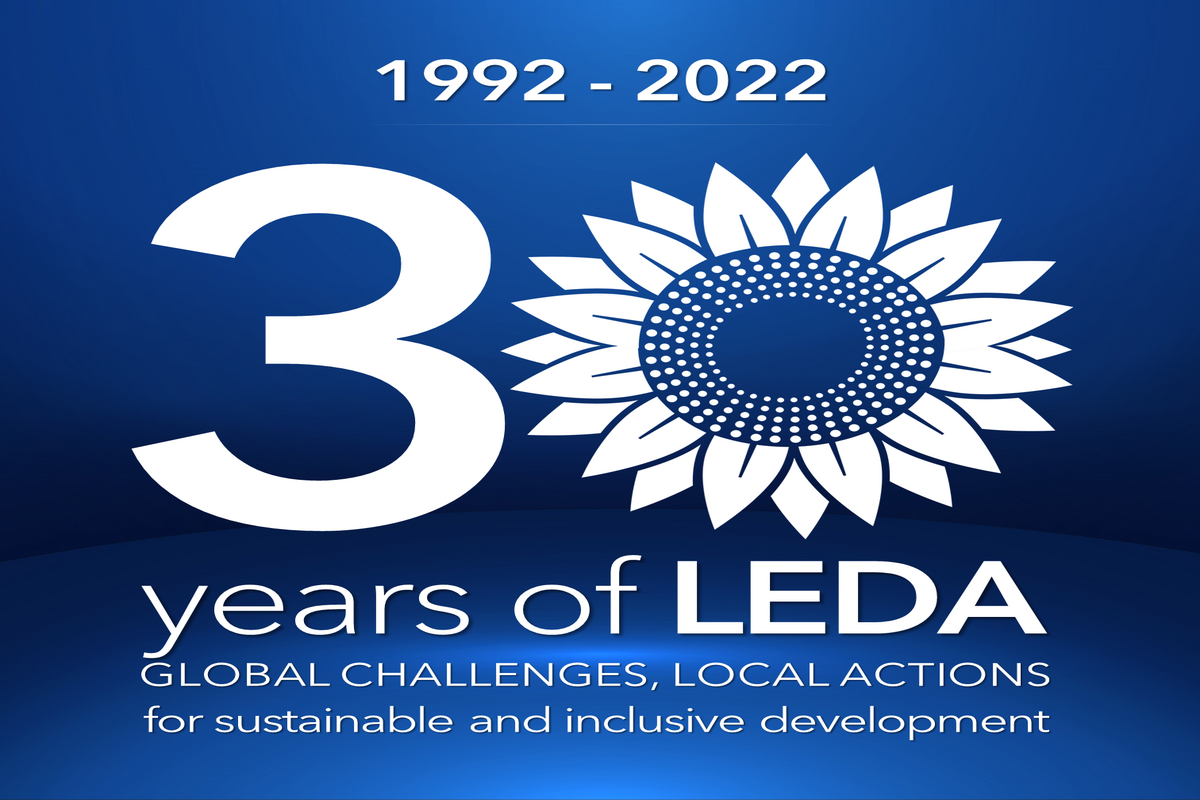Within the framework of the celebrations for the 30 years since the creation of the first LEDA, of those members of the ILS LEDA network, an investigation was carried out to analyse the main characteristics of the evolution of these structures.
88% of the LEDAs, which were created according to the first model inaugurated in the 70s of the last century (41 LEDAs in Honduras, Nicaragua, El Salvador, Guatemala, Mozambique, Angola, Serbia, Albania, Bosnia-Erzegovina, Uruguay, Colombia, Lebanon, Dominican Republic) is still operating today, thanks to its own self-sustainability models, demonstrating not only its usefulness for the purpose of promoting and developing its respective territories, but also the effectiveness of a design based on the participation of local actors, rather than on laws or external impositions.
As a matter of fact, the LEDAs have always established themselves as non-profit structures, made up of public and private territorial entities, which provide multiple services to the population and institutions, such as the promotion of the territory, economic revitalization, technical and financial assistance, training, with the aim of supporting competitive, sustainable and inclusive development and, in recent times, the Sustainable Development Goals.
The research was carried out by using the Delphi method, with the involvement of 14 experts, who supported the creation of the Adel or experienced it firsthand in their respective countries.
Through the investigation, four key elements were analysed, that is:
- The importance of having a LEDA
- The strength factors
- The main risks
- The main challenges
The results revealed the main elements that have characterized the LEDAs throughout the years:
- The mission
- The strategic pillars
- The achievements and
- The challenges
The conclusion was that the LEDAs are structures with multiple intelligence: logical-analytical, empathic, collaborative, creative and practical.
To know more, visit the Paper page

